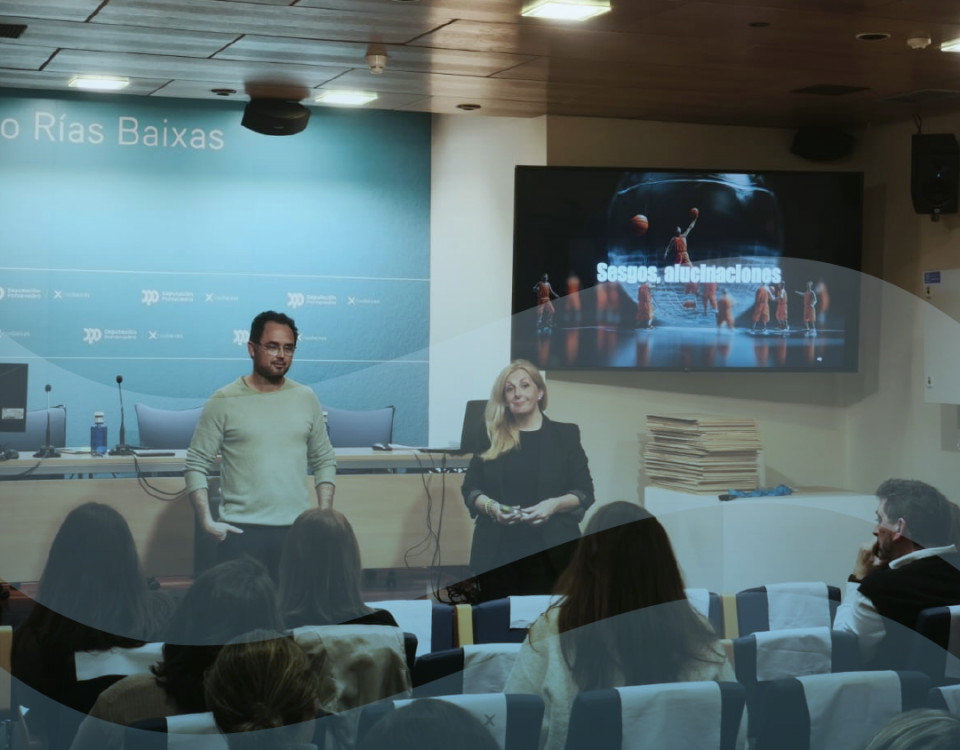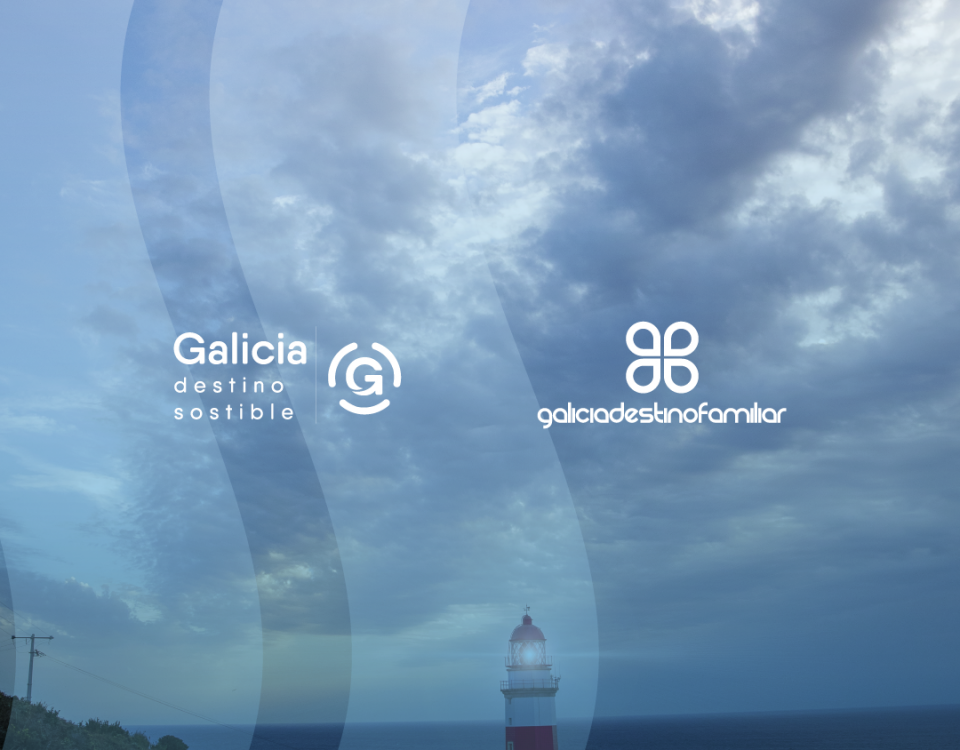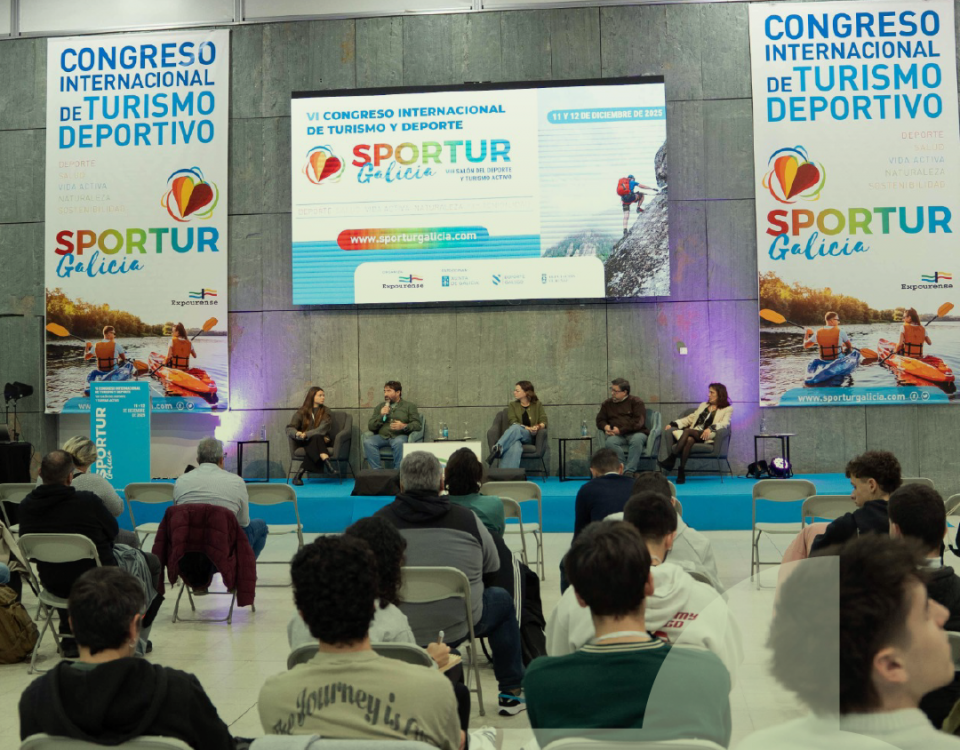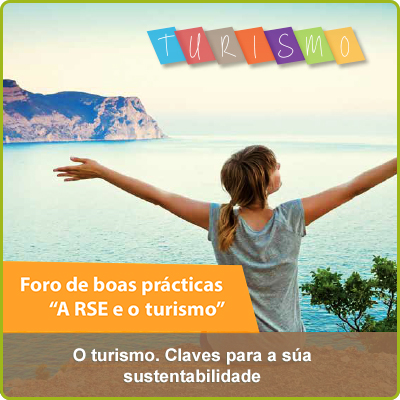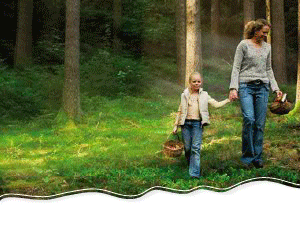- El mejor turismo de galicia
Román Rodríguez explicita los ejes de desarrollo del programa de la Consellería de Cultura y Turismo para el próximo año
Román Rodríguez explicita los ejes de desarrollo del programa de la Consellería de Cultura y Turismo para el próximo año
Bajo el escenario del Xacobeo 2021, el conselleiro esbozó las principales líneas de actuación para el desarrollo de la cultura y el turismo gallegos, que identificó como el alma y el rostro de un país.
El análisis y la adaptación de las infraestructuras para los retos que representará el Xacobeo 2021, un plan de mejora de los alojamientos turísticos o la puesta en marcha de un Plan de Itinerarios Culturales como complemento a la Ruta Xacobea fueron algunas de las medidas que anunció el conselleiro de Cultura y Turismo, Román Rodríguez, en su comparecencia en el Parlamento gallego, en una comparecencia donde presentó los ejes estratégicos para construir un turismo y una cultura más competitivos, sostenibles, inclusivos y abiertos al mundo.
En este sentido, identificó la cultura y la lengua con el “alma del país”, mientras que el turismo “es el rostro”. “Dos sectores estratégicos –dijo– en los que hoy es más importante que nunca reforzar las sinergias”, dándole un nuevo impulso para afrontar uno de los grandes desafíos próximos como es el Xacobeo 21. En este escenario, Román Rodríguez tomó como referencia los diez Caminos de Santiago para desgranar las acciones que pondrá en marcha su departamento en los próximos años. “Estamos ante diez caminos para desarrollar nuestra cultura y nuestro turismo. Un decálogo para construir nuestro proyecto para el año 21 y los próximos”, remarcó. En este contexto, explicó que estas líneas generales de actuación serán la planificación, la competitividad, la sostenibilidad, el orgullo, la singularidad, la accesibilidad, el equilibrio, la profesionalización, la innovación y la internacionalización.
Dos sectores planificados
Tanto en el ámbito turístico como cultural ya existen estrategias y planes en funcionamiento como la Estrategia del Turismo de Galicia 2020, y otros en pleno desarrollo como la Estrategia de la Cultura gallega. De hecho, esta última se elevará al Consello de la Xunta para su aprobación antes de finalizar este año.
A estas hojas de ruta se suman otras como el Plan Director del Camino de Santiago o el próximo Plan Estratégico del Xacobeo, que estará listo a lo largo del 2019. El objetivo, según trasladó el conselleiro, es contar “con una planificación exhaustiva y necesaria para trabajar eficazmente por la cultura y el turismo de mañana”. En este eje estratégico, Román Rodríguez anunció la puesta en marcha de un Plan de mejora de alojamientos turísticos para modernizar sus equipaciones, infraestructuras y servicios. Un programa que busca fidelizar a los visitantes, incrementar los períodos de estadía y el gasto por cliente, lo que tendrá una repercusión directa en la creación de empleo.
Otro de los retos para los próximos años pasa, según el conselleiro, por “apostar por iniciativas que permanezcan, que sean sostenibles y posibiliten, una vez finalizado el Xacobeo, que sigamos en la senda del progreso y calidad”. En este contexto se enmarca el impulso, en colaboración con la Consellería de Infraestructuras, de una mesa bilateral Xunta-Estado para adaptar los principales sistemas ferroviarios y aeroportuarios gallegos a los principales desafíos que presenta el Xacobeo 21.
Xacobeo, objetivo y punto de partida
Y es que, tal y como destacó el conselleiro, el Xacobeo es una herramienta de transformación social, una oportunidad para afrontar todos los desafíos anteriormente expuestos. Una cita, en la que para el 2019 ya se presupuestan 30 millones de euros, que busca implicar a toda Galicia. Los principales pilares de este evento, según detalló el conselleiro, serán la planificación, la participación de toda la sociedad, su carácter global, la proyección internacional y la sostenibilidad. “Porque el Xacobeo no finaliza en el 21; es un punto de partida”, destacó.
El conselleiro anunció, además, un Plan de rehabilitación de BICs de los Caminos de Santiago, presentado al Ministerio de Cultura para su cofinanciamento, además de continuar con la tramitación de los expedientes BICs ya incoados y seguir trabajando en las tres candidaturas a Patrimonio Mundial. Acciones que se completarán con una nueva orden de ayudas para la rehabilitación de bienes etnográficos situados en cualquiera de las diez rutas xacobeas.. Además, surgen dos proyectos novedosos como serán el programa de Rutas en Pequeños Cascos Históricos, que potenciará tanto desde el punto de vista cultural como turístico ayuntamientos como Mondoñedo, Viveiro o Betanzos; y el plan Galicia Sabe, que impulsará nuestra tradición culinaria y los productos autóctonos, mejorando así la competitividad y el empleo en el sector primario. A estas nuevas acciones se suman otras ya puestas en marcha como el Plan Termal o la señalización de las Rutas del Viño.
Convertir Galicia en referente en inclusión
Otro de los objetivos del departamento que dirige Román Rodríguez es convertir Galicia en referente en cultura inclusiva y en turismo accesible. En este ámbito, el conselleiro anunció una nueva iniciativa que permitirá acercar estos dos sectores a personas con discapacidad y de edad avanzada. Para eso, se colaborará con las principales entidades que trabajan en este área, como ONCE o COGAMI, entre otros.
Formación, desarrollo e innovación
Durante su comparecencia, el conselleiro definió la cultura y el turismo como “potentes agentes descentralizadores”, que fomentan el desarrollo equilibrado del territorio. Con el fin de acercarlos a todos los lugares de Galicia, sobre todo al rural, se implantará el Plan de Turismo Rural y, entre otras acciones, se creará por primera vez el Premio ‘Vila Cultural’, a través del que se reconocerá cada año una villa de Galicia por su excelencia en el cuidado del patrimonio y en la gestión cultural.
En este ámbito también se enmarca el nuevo Plan de Itinerarios Culturales como complemento a los Caminos, así como el programa de Bibliotecas itinerantes que acercará la lectura a los pequeños ayuntamientos que carecen de este servicio.
Tal y como destacó Román Rodríguez, la formación juega un papel clave para lograr la profesionalización tanto en el turismo como en la cultura a través de entidades como el Centro Superior de Hostelería de Galicia, que es ya un referente en el primer ámbito, mientras que para el segundo se promoverá la colaboración con las tres universidad gallegas para elaborar un plan de formación en los ámbitos culturales. Una iniciativa destinada a profesionales de la industria, gestores y emprendedores. Y junto a la formación, la innovación es otra de las grandes apuestas de la consellería, con acciones digitalización de archivos y programas como Smart Turismo y Smart Camino; así como el futuro Centro Europeo de Investigación en Paisajes Culturales, el CEIPAC, que se localizará en el Edificio Fontán y supondrá un nuevo impulso a las investigaciones vinculadas al territorio y al Camino de Santiago.





